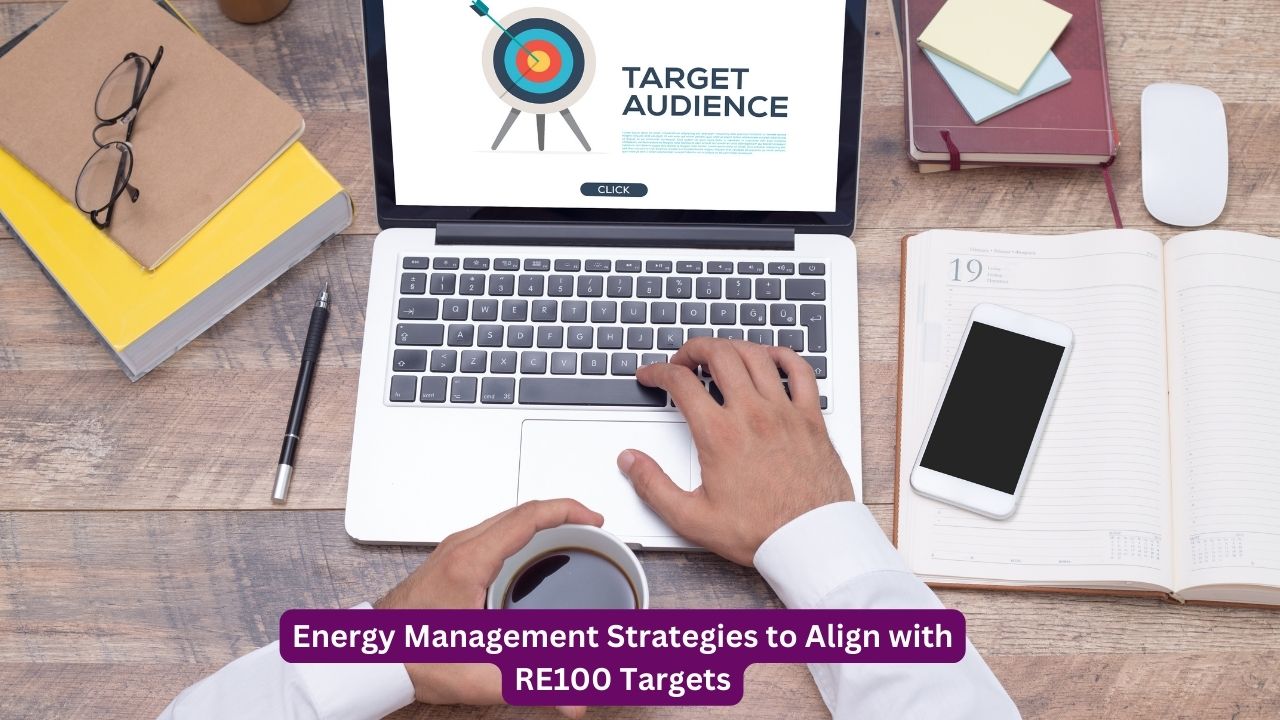
As organizations throughout the world attempt to establish more sustainable business practices, many are committing to the RE100 project, a global push encouraging enterprises to convert to utilizing 100% renewable energy in their operations. Achieving these high targets demands creative and smart energy management techniques. In this post, we will cover major energy management practices that may help organizations align with RE100 objectives, driving both sustainability and economic efficiency.
What Is RE100 and Why Is It Important?
The RE100 program is a voluntary global commitment where member firms vow to obtain 100% of their energy needs from renewable sources. This transition not only helps cut carbon emissions but also positions corporations as leaders in the battle against climate change. More and more firms are understanding that aligning with RE100 is becoming crucial, not just from a corporate responsibility standpoint but also as a method to remain competitive in the future market.
Begin with an Energy Audit
Before implementing any renewable energy plan, organizations must first examine their present energy use and habits. This is an important phase in energy management, since it offers a clear baseline from which to monitor improvement. Businesses should examine their energy use across all processes, including manufacturing, shipping, and office tasks, to establish where the largest energy demand resides.
Once this energy audit is finished, firms may establish clear, quantifiable objectives to reduce total energy usage, increasing energy efficiency while shifting to renewable sources. Reducing consumption not only corresponds with RE100 aims but also cuts expenses in the long term.
Explore Power Purchase Agreements (PPAs)
One of the most efficient ways for organizations to reach their RE100 requirements is through Power Purchase Agreements (PPAs). These long-term contracts allow firms to acquire renewable power directly from providers, often at a fixed price. PPAs are a particularly beneficial energy management tool because they provide price stability, limit the risks of shifting energy markets, and stimulate the development of new renewable energy projects.
Research demonstrates that as the cost of renewable energy continues to decrease, corporate PPAs become increasingly cost-effective, allowing businesses to shift away from conventional utility-based energy models. Companies should intelligently manage their migration to renewable PPAs to reduce costs while boosting renewable energy uptake.
Leverage Onsite Renewable Energy
Another key component of a good energy management plan is onsite renewable energy generation. Installing solar panels, wind turbines, or other renewable energy systems directly at corporate premises can be a very effective approach to satisfy energy demands while minimizing dependency on external energy sources. While the upfront cost might be large, the long-term savings and environmental advantages frequently make this method beneficial.
For many RE100 firms, onsite generation also acts as a forceful expression of their dedication to sustainability. It enables organizations to actively contribute to the creation of renewable energy while increasing their public image and brand reputation.
Incorporate Energy Storage Solutions
Energy storage technologies, such as battery systems, play a critical role in controlling the intermittent nature of renewable energy sources like solar and wind. Effective energy storage allows firms to store extra renewable energy generated during peak production periods and use it during times of high demand or when renewable generation is low.
Incorporating energy storage into the overall energy management plan not only assures a stable supply of renewable energy but also helps firms better control expenses by minimizing their dependency on the grid during peak price periods.
Utilize Energy Attribute Certificates (EACs)
For firms unable to generate enough renewable energy locally or through PPAs, Energy Attribute Certificates (EACs) offer a potential option. EACs reflect the environmental advantages of renewable energy generation and allow firms to claim the usage of renewable energy even if they are obtaining power from traditional networks. By acquiring and retiring EACs, businesses may offset their non-renewable energy usage and achieve their RE100 requirements.
While EACs are not a direct alternative for onsite or PPA-generated renewable energy, they give flexibility and guarantee that businesses may reach their renewable energy requirements when other choices are not practical.
Prioritize Energy Efficiency Initiatives
Achieving RE100 is not just about switching to renewable energy sources; it’s also about optimizing total energy use. Implementing energy efficiency measures across buildings may dramatically lower the total energy demand, making the transition to 100% renewable energy more doable. Technologies such as energy-efficient lighting, HVAC systems, and building automation can contribute to decrease energy usage while boosting operational performance.
Incorporating digital solutions like as energy management software helps further optimize energy use by monitoring real-time energy consumption, finding inefficiencies, and delivering actionable insights for improvement.
Conclusion: A Comprehensive Approach to RE100
Aligning with RE100 needs a comprehensive and strategic energy management approach. Companies need to examine their energy use, research renewable energy sources including PPAs and onsite generation, invest in energy storage, and implement EACs where applicable. By combining these tactics, organizations may accomplish their RE100 objectives while saving expenses and boosting operational efficiency. As renewable energy becomes more inexpensive and accessible, organizations who adopt these forward-thinking initiatives will position themselves as leaders in the worldwide movement toward sustainability.








